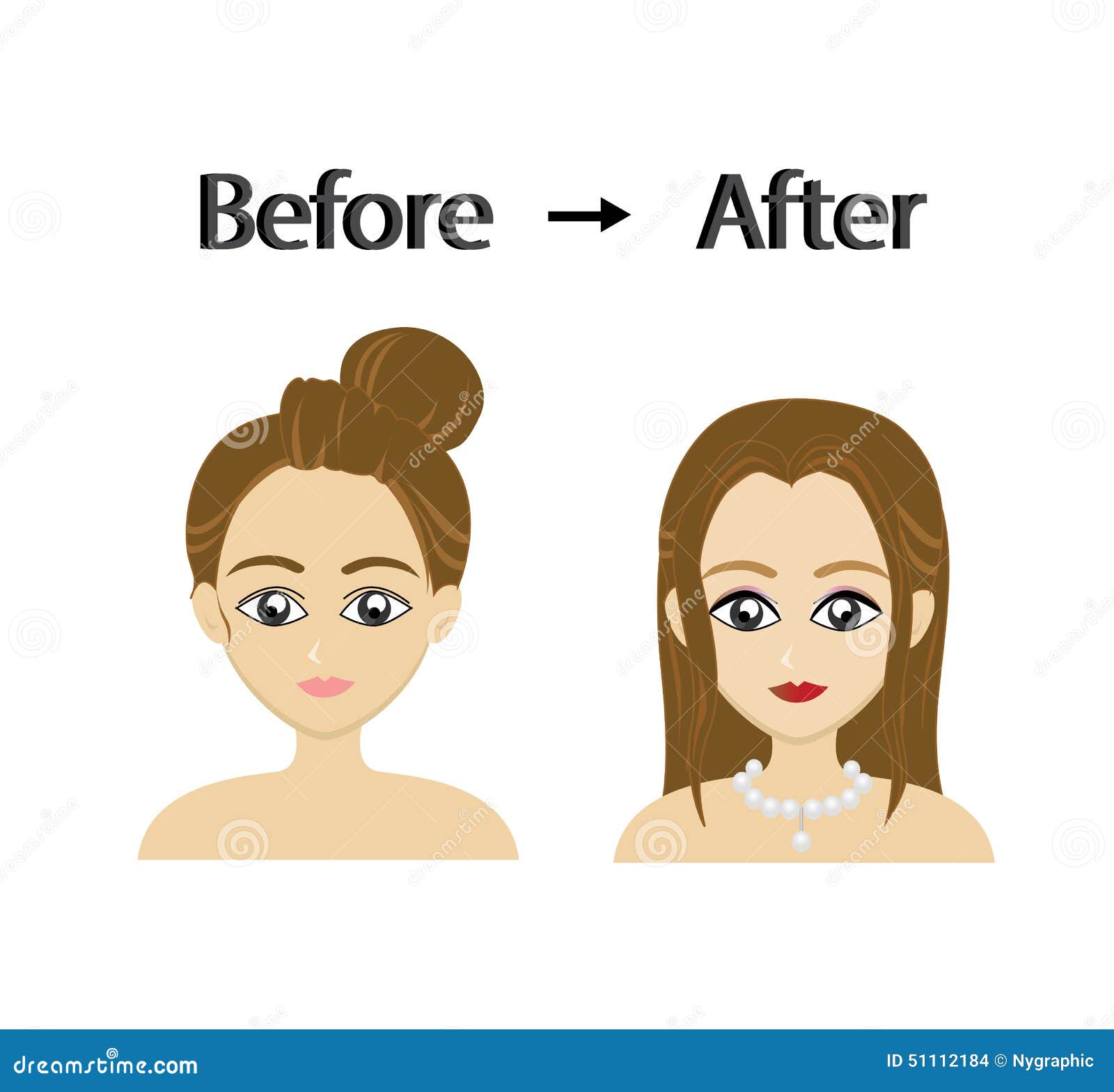

Once the pretest proceeds without mistake, the method above is able to work for the general bitmaps. In addition, one color will represent one triangle hence, in the final step, the four-triangle sample method will be applied in order to prevent a vector image from generating too large color discontinuity. The final step is to select one color for each triangle, since it is helpful to save the memory and speed up the process of this method. In the step of collapsing, issues such as overlap and sharp triangles can be conquered by a sort-edge method (which will be illustrated specifically later). Specifically, there are two main parts in this step, which are collapse conditions and collapse influences.

Then, the initial mesh will be simplified by collapsing two vertices as the initial mesh is too dense to represent one image. In detail, firstly, there is an initial mesh constructed for one image in pixel level after detecting features. Aiming at this issue, there is a new approach proposed to transform from bitmaps to vector images, which is based on triangle units and consists of three steps. However, transforming a bitmap to vector image is still a challenging problem because of the complicated content of a bitmap, which tends to consist of more than just simple geometry. For instance, it can be applied for the illustrations in newspapers and magazines, the logo on the web, the background for poster, the design of text, and traffic signs. Meanwhile, it has been commonly adopted in data visualization (image data) because it can be scaled to multiple sizes to fit different scenes. Compared with bitmaps, vector images have the ability to save memory as well as to enlarge without distortion. Vector image is a type of image composed of many geometric primitives.


 0 kommentar(er)
0 kommentar(er)
